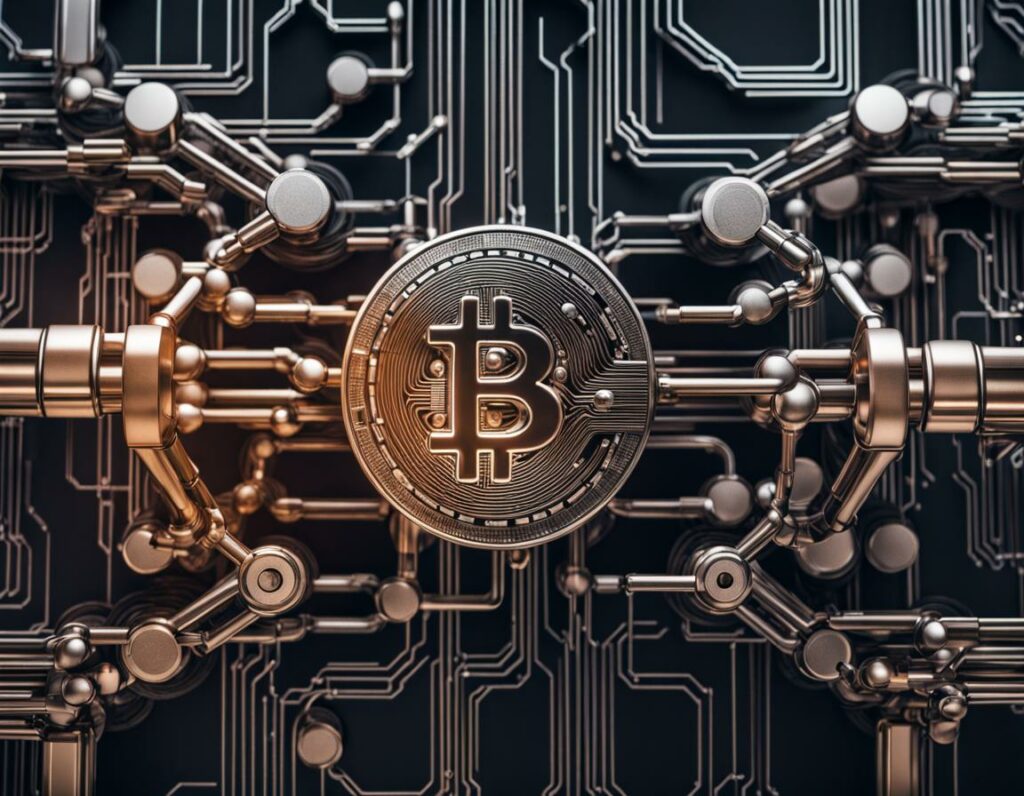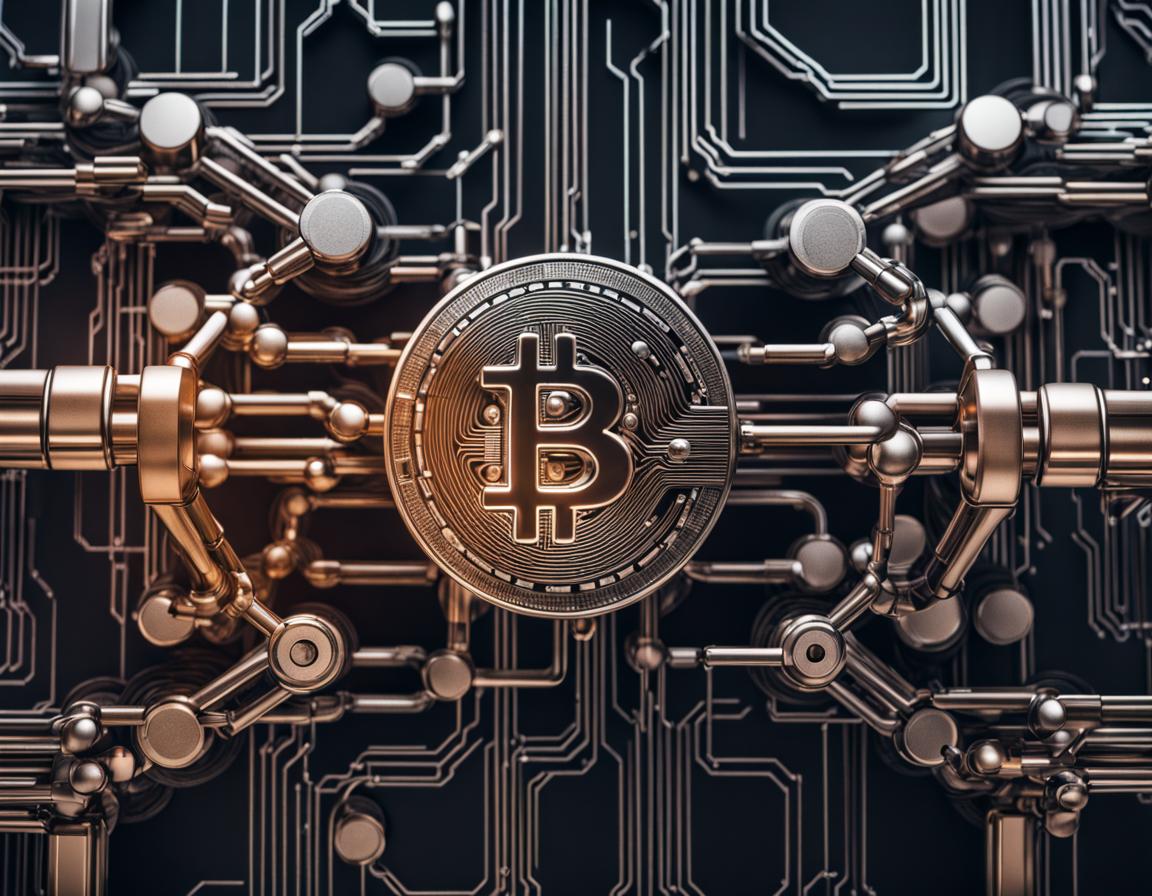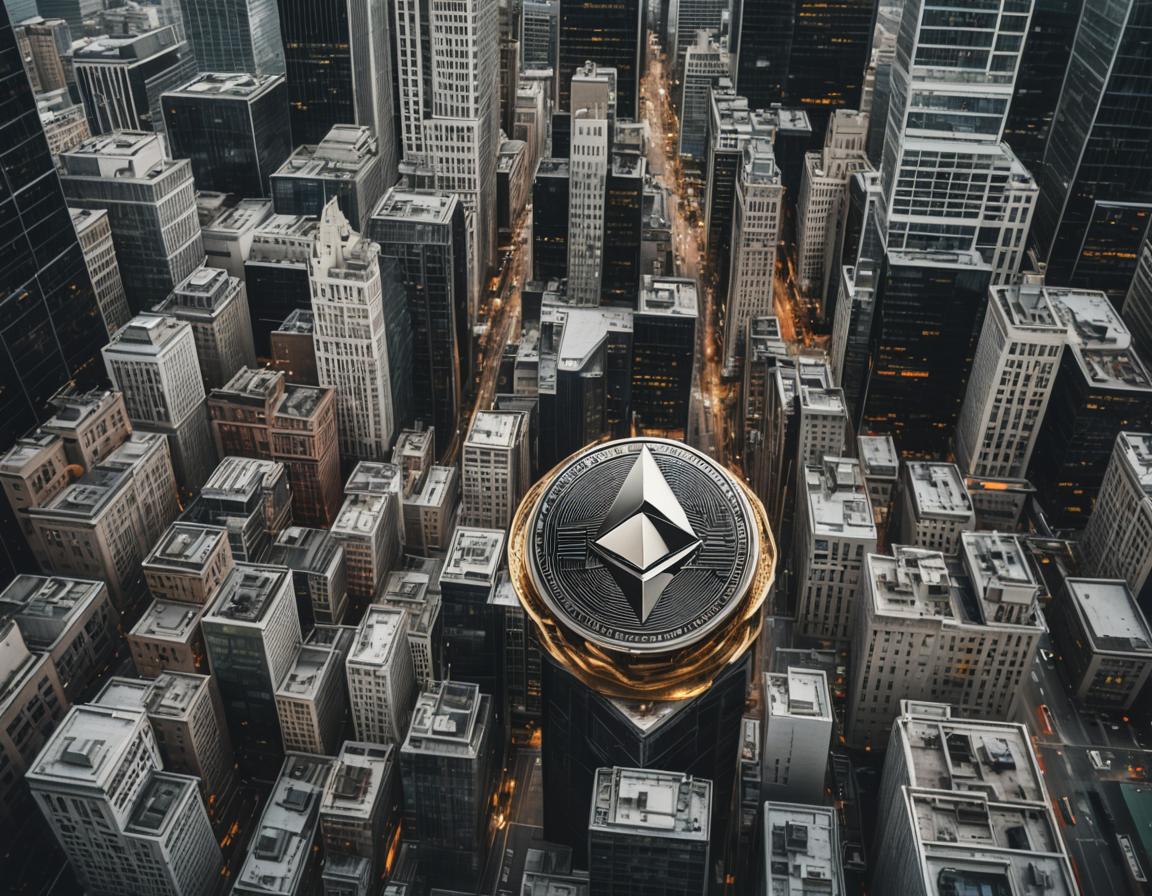
Introduction
In the midst of the 21st century, the world is witnessing a remarkable transformation in the way art is created, exchanged, and valued. The advent of blockchain technology and Non-Fungible Tokens (NFTs) has overturned the traditional approach to art collecting. Indeed, NFTs, a novel form of digital asset, have opened up a realm of possibilities for artists, collectors, investors, and the broader creative industry. The concept of owning a piece of digital art, one that is immutably verified on a blockchain, challenges conventional notions of authenticity and provenance. As these tokens become increasingly integrated into the art market, we find ourselves at an intriguing crossroads, where the traditions of physical art meet the innovations of the digital age. This article will delve into the intricate layers of this transformative process, analyzing the market trends and the implications for the broader economic ecosystem.
What are NFTs?
Broadly speaking, in the Blockchain ecosystem, a token is a digital representation of an asset, value, or utility and fungible tokens are a type of token interchangeable with one another. Fungible tokens are like traditional currencies in that each unit has the same value, and it doesn’t matter which specific unit you hold because they are all equivalent.
Conversely, “non-fungible tokens(NFTs) are a unique unit of data that links to a particular piece of digital art, music, video, etc. and that can be bought and sold” (Cambridge Dictionary).
They are like unique pieces of artwork in a gallery. Each one is distinct and irreplaceable: every NFT has its own value and significance.
As noted in The Economics of Non-Fungible Tokens (Borri, Liu, and Tsyvinski, 2022), “There is a range of views on what NFTs may represent. On the one hand, NFTs are thought to be a key element of the metaverse and Web3.0 and a revolution in how digital assets are marketed and monetized. On the other hand, the critics regard them as a fad fueled by celebrities and a way to launder money and avoid taxes”.
The market of NFTs and the impact on art collections
What is certain is that this market has experienced remarkable growth in recent years and it is expected to continue growing in the foreseeable future, as shown in the predictive analysis carried out by Statista and exemplified in the graph below.
NFTs gained significant popularity in 2021, largely driven by the cryptocurrency market’s upward surge. This surge piqued the interest of both the general public and art collectors, to the extent that even renowned auction houses like Christie’s launched their NFT platforms. However, in 2022, the NFT landscape began to evolve as cryptocurrency markets changed, moving beyond the initial hype.
This transition revealed both the potential of NFTs in the art market and some challenges associated with their unique characteristics. According to The Art Basel and UBS Report, “the impact of disintermediation within the art market has been relatively weak to date”, with only 8% of the global art market spending carried out through NFT platforms in 2022. Moreover, the revenue generated from the issuance and trading of NFTs remains minimal, particularly for small-scale assets: approximately 50% of all NFTs sold fetch prices below $400. These amounts often fall short of covering the expenses associated with creating an NFT, including the blockchain transaction fees, not to mention the upkeep costs of maintaining a digital workspace for the artist”.
This lack of growth in 2022 can be attributed to a vague regulation. Once the regulatory framework becomes more sophisticated, the growth of these instruments seems inevitable for mainly two reasons:
- Firstly, the increasing digitization of art and creative content has created a natural fit for NFTs, as they provide a secure and verifiable way to represent ownership and authenticity. In other words, the intrinsic nature of NFTs protects digital artists from issues related to counterfeiting, copyright infringement and fraud.
- Secondly, NFTs have democratized the art world, offering artists direct access to a global audience and allowing them to receive fair compensation for their work. Additionally, the sense of rarity and collectibility associated with limited-edition NFTs has attracted art collectors and enthusiasts, further fueling their popularity.
Regulatory framework
The regulatory framework for the NFT world is still evolving, and it can vary significantly from one jurisdiction to another. The unique and novel nature of NFTs presents various legal and regulatory challenges that need to be addressed. In the U.S. there is no specific regulation about NFTs, despite the spike in the number of transactions that has been occurring since 2021. This regulatory gap has raised concerns, particularly related to potential money laundering risks associated with large NFT transactions, given the anonymity and flexibility of these digital assets. In response to these concerns, regulatory authorities are considering implementing anti-money laundering (AML) and know your customer (KYC) measures to enhance transparency and prevent illicit activities within the NFT space. The EU’s Fifth Anti Money Laundering Directive, obliges the seller of a work of art for more than €10.000 to carry out Customer Due Diligence and report any suspicious activity, but fails to clarify whether digital assets such as NFTs should be included.
Furthermore, policy makers face the problem of NFTs taxation as the regulatory framework is scarce and diversified across jurisdictions. Valuing NFTs is complex, especially for rare or unique digital assets, and determining accurate valuation becomes even more challenging when NFTs are part of bundles or collections. Cross-border transactions are common in the NFT market, making it difficult to enforce tax laws consistently across different jurisdictions. Moreover, various countries have different tax treatments for NFTs, ranging from classifying them as commodities to treating them as assets subject to capital gains tax. The frequent trading and high volatility of NFTs add to the complexity of calculating tax implications for each transaction. Additionally, integrating NFT taxation into traditional tax frameworks and systems is a complex task, further exacerbated by the pace at which blockchain technology and decentralized finance (DeFi) are advancing, often outpacing regulatory developments.
In short, as the NFT landscape continues to evolve, the need for clear and comprehensive regulatory guidance becomes increasingly evident to ensure the integrity and security of this burgeoning market.
Conclusion
In essence, the world of NFTs is at an exciting crossroads. It offers opportunities for artists, collectors, and investors while challenging conventional notions of ownership and authenticity. It remains a space where tradition and innovation coexist, and the art world, as we know it, continues to be redefined. The journey of NFTs is far from over, and the path forward will likely be marked by both further advancements and the resolution of critical issues that accompany this transformative medium.
Join ThePlatform to have full access to all analysis and content: https://www.theplatform.finance/registration/
Disclaimer: https://www.theplatform.finance/website-disclaimer/




